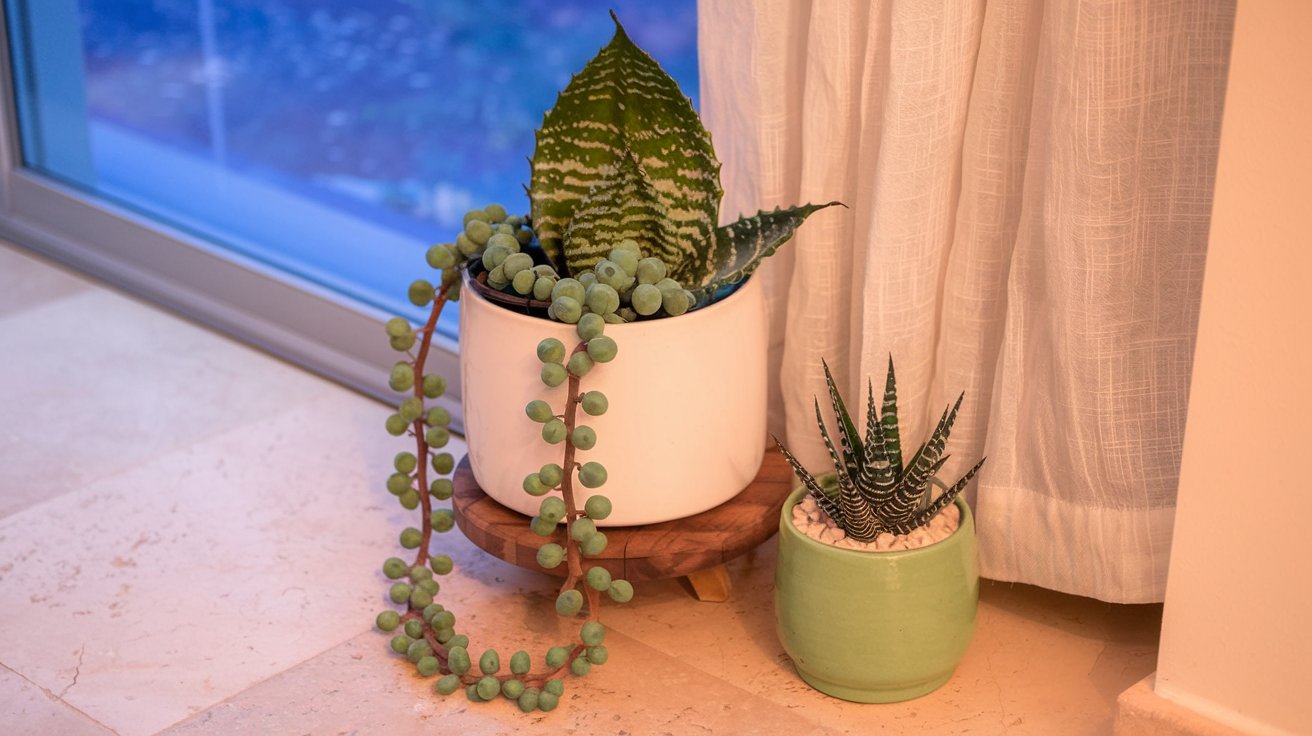Introduction
prayer plants, which are known for their stunning foliage and dazzling leaf movement are popular by indoor plant enthusiasts. But let’s face the facts – these exotic plants can be quite finicky. If you’ve found yourself seeking out the source of poor growth or yellowing leaves there’s no reason to be alone. The positive side? If you take care of it properly the prayer plants can flourish and become the main attraction of your indoor forest.
In this thorough guide, we’ll take a deep dive into the realm of care for your prayer plants. We’ll reveal the secrets to keep the plants of your Maranta, Calathea, or Stromanthe happy healthy and beautiful. So, put on your sleeves and prepare to become the whisperer of prayer plants!
1. Master the Art of Watering Your Prayer Plants
The secret to a happy prayer plants? perfect watering. They love moist soil However, beware of swollen roots! Be sure to water well when the soil’s top layer is dry and allows the excess water to flow away. Tip Use water that is room temperature to prevent shocks to your plant’s sensitive root systems.
2. Create a Humidity Haven for Your Prayer Plants
Prayer plants are tropical goddesses that love humidity. Enhance the level of moisture by regularly misting them with pebbles or a tray or purchasing an humidifier. You should aim for a humidity range of 50 and 60 percent for maximum growth. Your plant will provide you with vibrant, lush foliage!
3. Find the Perfect Light Balance for Prayer Plants
Although prayer plants can be tolerant of dim lighting, they really thrive in indirect, bright sunlight. Set your plant next to an east or north-facing windows to reap the most benefits. A lot of direct sunlight could scorch gorgeous leaf, which is why you should be aware when you are exposed to the south.
4. Choose the Right Soil Mix for Prayer Plants
Provide your prayer garden with an established foundation by using an nutrient-rich, well-drained soil mix. Combine equal amounts of perlite, peat moss and a standard potting soil to create the perfect mix. The mix keeps moisture in while allowing water that is not needed to drain away, which helps prevent root decay.
5. Feed Your Prayer Plants for Optimal Growth
Fertilize your prayer garden every 2 to 4 weeks throughout the growing period (spring as well as summer) using a balanced water-soluble fertilizer, diluted by half. Do not feed in winter and fall, as growth slows naturally.
6. Maintain Ideal Temperature for Prayer Plants
Plants that pray thrive at temperatures of 60 and 80 degF (15-27degC). Beware of cold drafts and sudden temperatures that can cause stress to the plant. Be sure to keep it away from the air conditioning vents as well as cold windows during winter.
7. Prune Your Prayer Plant for Health and Beauty
Regular pruning helps to encourage more bushy growth and helps maintain your plant’s form. Get rid of any brown or yellow leaves and trim the long stems to encourage fullness. Use sharp, clean scissors to ensure that you don’t damage the plant.
8. Repot Your Prayer Plants with Care
As your plant grows and grows, it will require an additional space. Repot every 2 to 3 years or whenever you see roots peeking out from the drainage holes. Select a pot that is 1-2 inches larger than the diameter. Ensure that the drainage is adequate.
9. Combat Pests Proactively on Your Prayer Plants
Be on the lookout for common pests such as mealybugs, spider mites or scale bugs. Always check your plant’s leaves especially the lower surfaces. If you find any undesirable visitors, take action immediately using Neem oil or insecticidal soap.
10. Practice Proper Cleaning Techniques for Prayer Plants
Dust can build up on the leaves of your prayer plants that block light and decrease photosynthesis. Clean the leaves gently using a damp cloth every couple of days to make sure they are fresh and shining. This gives you the time to check for any problems that could arise.
FConclusion
Congratulations! You now have the information to turn your plant of prayer into a vibrant, enticing specimen. Be sure to keep it consistent in the field of taking care of your plants. If you follow these 10 important steps, you’ll provide the ideal environment that will allow your plant of prayer to thrive.
Don’t let yourself be discouraged when you experience some bumps along the way. Even experienced gardeners face difficulties. The most important thing is to watch your plant carefully, modify your care routine when needed and, most importantly, be happy with the process of nourishing the beautiful living thing.
Go on and pray that your plant will flourish! With a bit of patience and lots in love you’ll be blessed with a stunning healthy, healthy plant that will bring an element of tropical bliss to your house. Enjoy your gardening!

